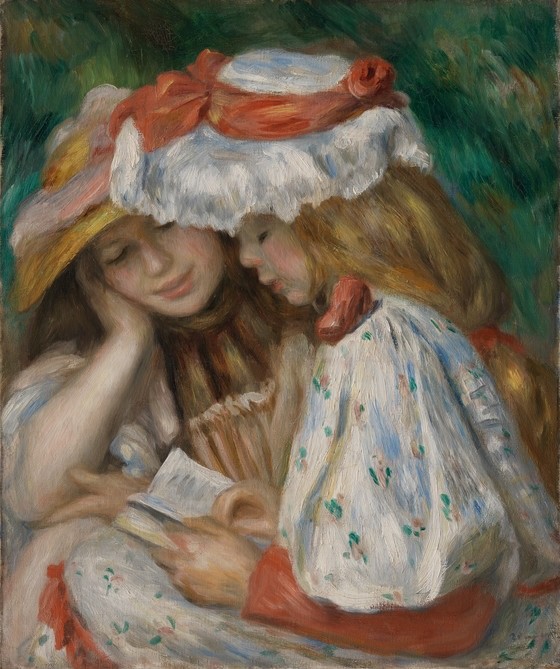I received a letter this week from a teacher wanting to know about ability grouping. Her principal wants to reduce the heterogeneity in reading achievement, so teachers will not have to make adjustments. She wanted to know what I thought of this arrangement.
I see a lot of these schemes these days in urban schools. Often the school will have three second-grade classrooms or three third-grade classrooms, and all the low kids end up in one room, and all the high ones in another room. The research says that these arrangements slightly advantage the top kids, but that they suppress the achievement gains of the rest of the kids (much more downside than upside).
Within class adjustments, the teacher having different kids spending part of their day working in different materials is not as problematic. Such arrangements can have a downside, but the improved appropriateness of instruction tends to be a bigger advantage.
I think part of the problem with tracking kids into different classrooms is that it just gets a lot harder to teach a class with all of the problem learners (these kids aren’t just lower, learning for them is more difficult, so concentrating those difficulties can overwhelm the teacher). Also, kids learn a lot from models. They see what other, abler, kids do and mimic it; in segregated classrooms, such models aren’t available so learning slows down. Also, this kind of placement often fools teachers (no matter what level of kids that they have) into thinking that they don’t need to adjust difficulty levels. They figure everyone must be at the right level, so teaching devolves to whole class teaching with little adjustment or opportunity to read things closer to one’s reading level. Finally, in mixed race/ethnicity schools, guess which kids get dumped in the low class?
The research is clear: heterogeneous assignment to classrooms is the best way to go during the elementary grades.







Comments
See what others have to say about this topic.